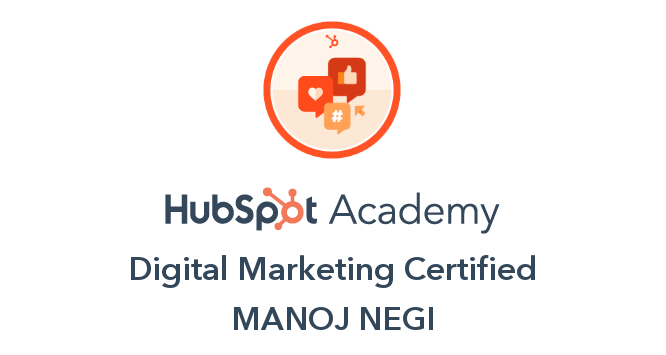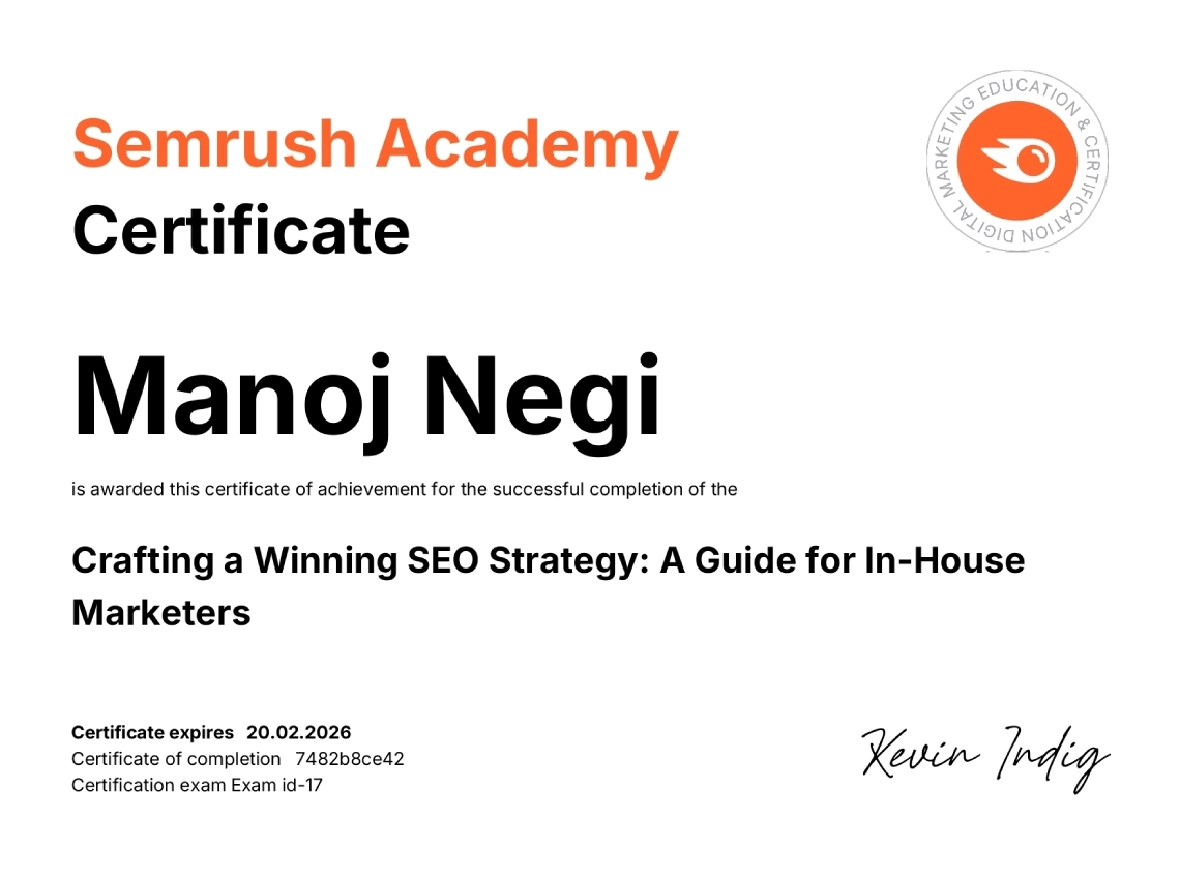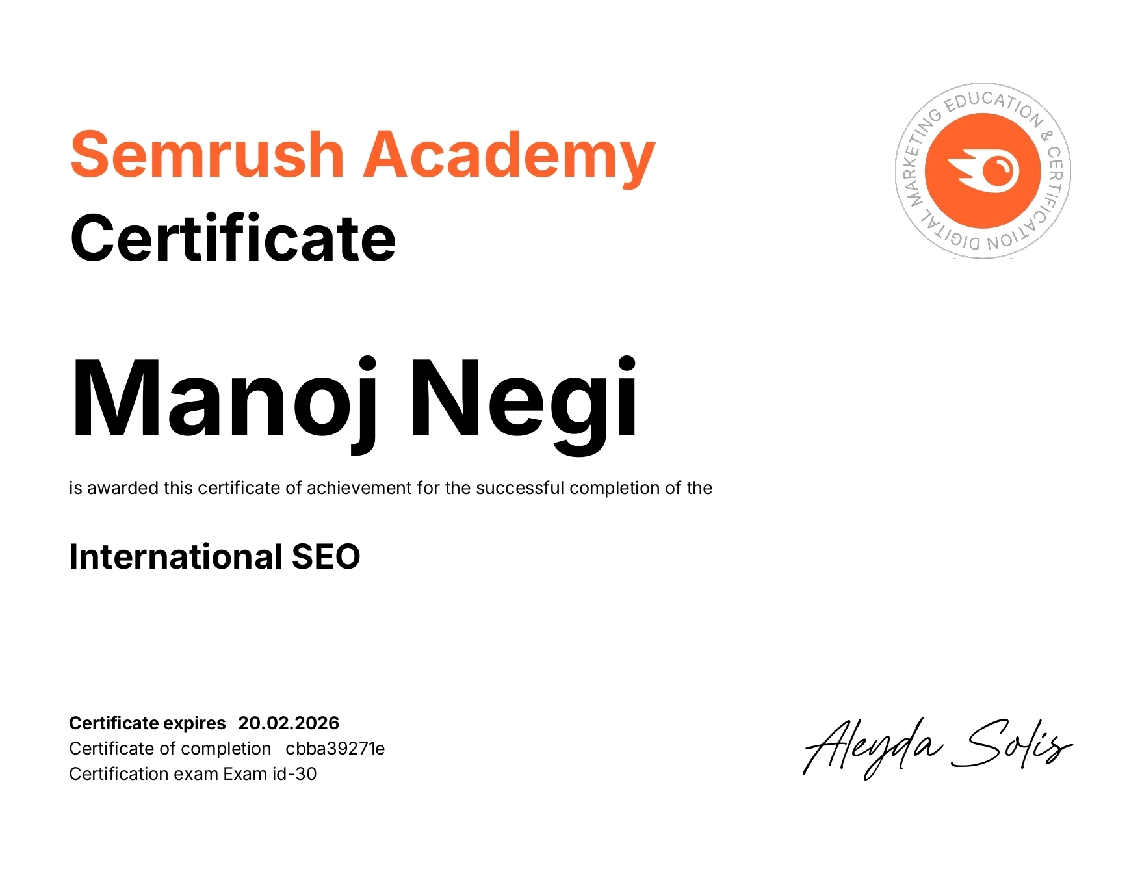JavaScript has laid the foundation of most websites and applications that you come across on the internet. Frameworks like React, Angular, and Vue.js have empowered developers to build speedy, dynamic, and intuitive experiences for users.
However, there’s a problem that has impacted the presence of JS websites in the digital world. As a result, they fail to appear at the top of search rankings for relevant searches. To solve this issue, the role of JavaScript SEO comes in.
If you’ve launched a JS-powered website and it is failing to get good search rankings despite having an exceptional UX/UI design, you’re facing a JavaScript SEO challenge.
Isn’t it frustrating to see that a technology that develops a great user experience can cause difficulty for search engine crawlers? Well, you need not worry. Getting your JavaScript website indexed isn’t rocket science; it’s just a matter of understanding how search engines see your website’s content and implementing the right strategies.
In this post, we will see how you can make your JS site SEO-ready and get it indexed correctly. Before we move ahead, let us have a quick glimpse of JavaScript SEO.
What is JavaScript SEO? A Quick Brief.
In simple terms, JavaScript SEO refers to the practice of optimizing JavaScript websites, ensuring they are crawled, rendered, and indexed by search engines like Google correctly.
Well, things here sound simple, but they’re not.
If we talk about a traditional website, a crawler visits a page and sees a static HTML file. This file is like a printed document where texts, links, and image tags are right there. Hence, crawlers easily read and understand them.
However, things are a bit different for JavaScript-heavy websites. When the crawler first visits the page of a JavaScript website, it sees a nearly empty HTML file. It only has a link to the website’s main code and a single, empty placeholder on the page.
The code then loads all the website’s content into that placeholder. All the meaningful content, like blog posts, product details, and contact information, doesn’t exist yet. It appears only after the browser or a crawler’s rendering service downloads, parses, and executes the JavaScript file.
This is what the challenge of JS SEO is: search engines need to be able to see the final, rendered content, not the empty shell. If search engine bots are not able to run the JavaScript correctly, all they see and index is a blank page. As a result, your site will never rank for target keywords.
How Google Crawls and Renders JavaScript?
As the technology is advancing, Google is also becoming advanced. To handle modern web, Google uses a two-wave indexing process:
Wave 1 – Crawling and Initial Indexing
In the wave 1 indexing, Google bots only fetches your page’s initial HTML. If any content is present in the HTML source, it will be crawled and indexed. However, if bots identify that the page relies on JavaScript to generate the main content, it adds the URL to a render queue.
Wave 2 – Rendering and Full Indexing
This is where the magic happens. When the URL is added to the render queue, it might take a few minutes to weeks to be picked up by the Web Rendering Service (WRS). WRS is a headless version of Google Chrome Browser. It executes your JavaScript and renders the full page with all its dynamic content. Later, the final rendered HTML is sent back to Google for full indexing.
This two-wave process is powerful, but not foolproof. The delay between the waves means that your JavaScript webpage is not indexed immediately. Another important point to be noticed here is that rendering is resource-intensive for Google. Hence, if your JavaScript is too complex, slow, or contains errors, WRS might time out or fail to render the page completely.
What Are the Common Issues and Pitfalls of JavaScript SEO?
Well, if you solely rely on Google to render your JavaScript-heavy website, you are taking a chance. Several common issues may prevent your content from being indexed properly:
Content Hidden in the Initial HTML
This is the commonest of all JS SEO problems. If your main content, like text, images, and other critical information, is not present in the initial HTML file, you have to rely on WRS to render your page correctly.
Improper Links
Search engines discover new pages by following links. They are built to look for standard HTML <a href=”/page-url”> tags. In many JavaScript frameworks, developers use <div> or <span> elements with onClick event listeners to handle navigation. While this works for human users, Googlebot may not follow these “links,” effectively trapping it on a single page and preventing it from discovering the rest of your site.
Missing or Delayed Metadata
Important on-page SEO elements like title tags, meta descriptions, and canonical tags are often managed with JavaScript. If your script is slow to update these tags or fails to do so, Google might index your page with generic placeholder text (e.g., “React App”) or simply ignore it.
Lazy-Loaded Content
Lazy loading is a great technique for improving performance by deferring the loading of images or content until the user scrolls them into view. However, if implemented poorly, search engine crawlers (which don’t “scroll”) may never see the deferred content.
Client-Side Errors
A single JavaScript error can halt the rendering process entirely. If the WRS encounters an error while executing your script, it will stop, and any content that should have been rendered after that point will be lost.
Solutions: Choosing the Right Rendering Strategy
The most reliable way to solve these issues is to deliver fully-formed HTML to search engine bots from the very beginning. This can be achieved through several rendering strategies.
Server-Side Rendering (SSR)
Server-Side Rendering is the gold standard for JavaScript SEO. With SSR, when a user or a bot requests a page, the server runs the JavaScript, renders the full HTML for that page, and sends the complete document to the browser.
The user gets a fully interactive page, and the search engine gets a perfectly crawlable HTML file. There’s no need to wait for a second wave of indexing. Frameworks like Next.js (for React) and Nuxt.js (for Vue) are built specifically to make SSR implementation easier.
Static Site Generation (SSG)
Static Site Generation takes this a step further. At build time (before the site is even deployed), SSG pre-renders every page of your site into a static HTML file. When a request comes in, the server simply sends back the corresponding pre-built file.
This approach is incredibly fast and completely SEO-friendly. It’s a perfect choice for sites where the content doesn’t change in real-time, such as blogs, documentation sites, and marketing websites. Popular SSG tools include Gatsby, Jekyll, and Next.js (which also supports SSG).
Dynamic Rendering
What if you already have a large client-side rendered (CSR) site and can’t re-architect it? Dynamic Rendering is a viable workaround. This setup involves configuring your server to detect the user agent of an incoming request.
- If the request is from a human user, you serve them the normal client-side rendered app.
- If the request is from a search engine bot (like Googlebot), you serve them a server-rendered, static HTML version of the page.
Google supports this method but views it as a transitional solution. It requires more complex infrastructure, but it’s an effective way to make an existing CSR application crawlable without a complete rewrite.
At last, choose the right rendering model and bridge the gap between development and SEO, ensuring that your brilliant JavaScript website gets the visibility it deserves.






